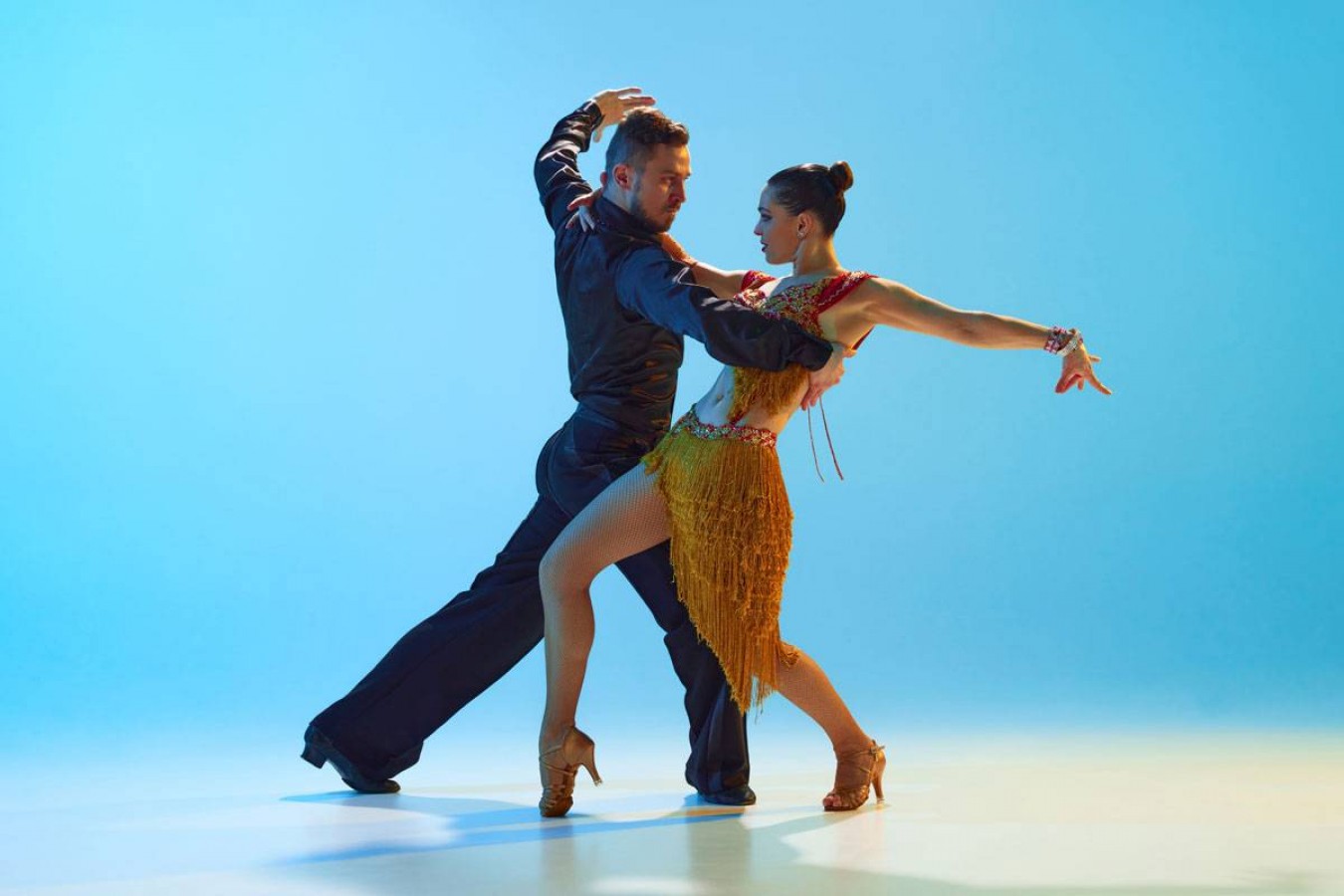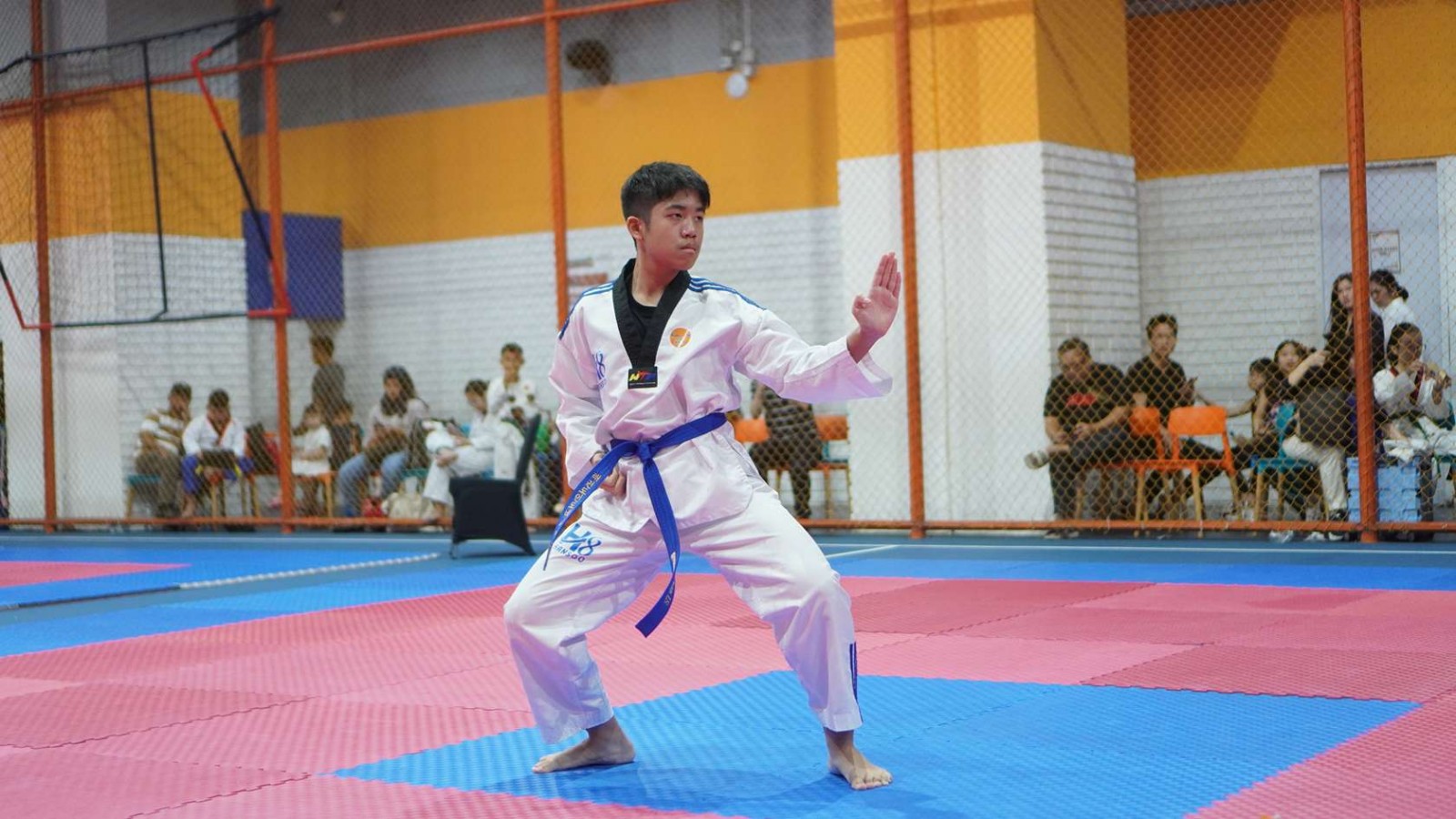Comprehensive Guide to Muay Thai Defense Techniques

While the offensive techniques in Muay Thai moves are well-known, mastering defense is equally crucial. Effective defense not only prevents damage but also creates opportunities for counter-attacks.
This guide delves into various Muay Thai defense techniques, including defensive stances, evading, blocking, countering, and parrying.
Various Muay Thai Defense Techniques You Should Know
Muay Thai is a versatile martial art that emphasizes both offensive and defensive strategies. While attacking skills are crucial, a solid defense can make the difference between winning and losing a fight.
Let's dive deeper into the various Muay Thai defense techniques that every practitioner should master:
A. Defensive Stances
A strong defense begins with a solid stance. The defensive stance in Muay Thai is designed to offer protection while allowing for quick movement and counter-attacks.
- Basic Stance
Stand with your feet shoulder-width apart, your lead foot slightly forward. Keep your knees slightly bent to maintain balance and mobility. Your hands should be up, with your fists protecting your chin and your elbows close to your body to shield your torso.
- High Guard
Raise your hands higher to protect your head and face. This stance is particularly useful against opponents who favor head strikes. Keep your elbows tight to your body to avoid exposing your ribs.
- Low Guard
Lower your hands to protect your midsection and legs. This stance is effective against opponents who frequently target the body and legs. Maintain a slight bend in your knees for better mobility.
B. Evading Techniques
Evading techniques involve moving your body out of the way of an incoming attack. These techniques require excellent timing and reflexes. Here are several techniques you should know:
- Bobbing and Weaving
This technique resembles a dance, with the head moving rhythmically—bobbing up and down, weaving side to side. This movement not only makes you a more elusive target but also confuses your opponent, causing them to hesitate with their next strike.
To master this, keep a strong core for balance and move your head unpredictably, ensuring you're always prepared to counter-attack.
- Slipping
Slipping involves moving your head to the side to avoid punches. This technique is commonly used to evade straight punches. Move your head just enough to let the punch glide past you, keeping your balance and position for a counter-attack.
- Stepping Back
Evasion doesn’t always require complex movements. Sometimes, a simple step back is sufficient to avoid an attack. The key is to maintain your balance.
As you step back, make sure your feet are positioned to keep your stability, and keep your guard up. This way, you’re ready to defend against another strike or move back into range with an attack of your own.
C. Blocking Techniques
Blocking techniques involve using your arms, legs, and body to absorb and deflect attacks. Effective blocking minimizes the impact of strikes and sets up opportunities for counter-attacks. Several blocking techniques include:
- Shin Blocks (Checking)
For defending against dangerous low kicks, the shin block, or 'checking,' is your main line of defense. Quickly lift your leg and turn your shin outward to form a strong barrier, effectively stopping the attack.
Proper alignment and timely execution are essential, making sure that the hardest part of your shin takes the impact.
- Forearm Blocks
Your forearms serve as adaptable defensive tools. When confronting high kicks, punches, or elbow strikes, quickly raising and bracing your forearms against these attacks can prevent damage and keep you in the fight.
Keep your elbows close to your body and align your wrists with your elbows to form a strong protective barrier.
- Knee Shield
Mid-level kicks or teeps require a specific defense. To counter them, swiftly raise your knee to intercept the incoming kick, creating an effective shield.
This defense not only stops the kick but can also put your opponent in a temporarily vulnerable position.
D. Countering and Parrying Techniques
Countering and parrying techniques involve deflecting an opponent's attack and immediately responding with your own strike. These techniques require precision and timing. It includes:
- Parrying
Use your hands to redirect an opponent's punch. For example, if a jab is coming toward you, use your rear hand to gently push the punch away from your face, creating an opening for a counter-punch.
- Catch and Counter
Catch an opponent's kick with your hands or arms and immediately counter with a strike. For example, if your opponent throws a roundhouse kick, catch it with both hands and follow up with a straight punch or elbow strike.
- Clinch and Counter
In the clinch, control your opponent's head and arms to neutralize their attacks. From this position, you can deliver knee strikes, elbows, and throws. Practice maintaining control and balance while in the clinch.
E. Other Muay Thai Defense Techniques
In addition to the core defensive strategies, there are other techniques that can enhance your defense in Muay Thai, such as:
- Teep (Push Kick)
The teep is a versatile technique used to keep your opponent at bay and interrupt their attacks. Extend your lead leg and push your opponent's midsection or thigh to create distance and disrupt their rhythm.
- Check Kick
Lift your lead leg and point your knee outward to check an opponent's low kick. This technique protects your lead leg and can cause your opponent to think twice before throwing another low kick.
- Offense as Defense
Sometimes, the best defense is a strong offense. By consistently attacking and dominating the striking, you make it difficult for your opponent to respond with powerful or effective strikes. In essence, your offense serves as your defense.
When your opponent prepares to throw a kick by turning their hip, counter with a strike down the middle. A teep, punch, or knee aimed at their stomach or hips will disrupt their kick by forcing their hips back.
If your opponent is heavily basing on their lead foot to throw a low punch, an inside leg kick to their lead leg can displace their weight, potentially causing a sweep and preventing them from using that approach again.
Ready to Try Muay Thai Defense?
Mastering Muay Thai defense techniques is crucial for becoming a well-rounded fighter. From understanding defensive stances and evasion methods to mastering blocking, a strong defense can significantly enhance your performance in the ring.
If your children are interested in learning Muay Thai, consider enrolling them in a martial arts program at Rockstar Academy. As the best Sports & Performing Arts Academy, Rockstar Academy offers various physical activity programs, including a comprehensive curriculum that allows students to participate in the RockOlympics.
This amazing learning experience helps students discover their true potential. Plus, Rockstar Academy offers a free trial class for anyone interested in trying out their programs. Don't miss out and contact Rockstar Academy today!
FAQ
How can I improve my defensive techniques in Muay Thai?
Practice is key. Regularly train with a partner, focus on drills that enhance your evading, blocking, and countering skills. Additionally, watch professional fights to study defensive strategies used by experienced fighters.
What should I do if my opponent is significantly taller than me?
Use footwork and angles to close the distance and avoid staying in their striking range. Utilize body shots, low kicks, and clinch work to neutralize their height advantage.
How can I stay calm under pressure during a fight?
Stay focused on your training and trust your defensive techniques. Practice deep breathing and visualization techniques to manage anxiety. Experience gained from sparring and fighting will also help you stay composed.
Are there specific drills to improve my blocking techniques?
Yes, there are several drills you can practice, such as partner drills where your partner throws punches and kicks while you focus solely on blocking. Shield drills, where you hold pads and practice absorbing strikes, are also beneficial.



